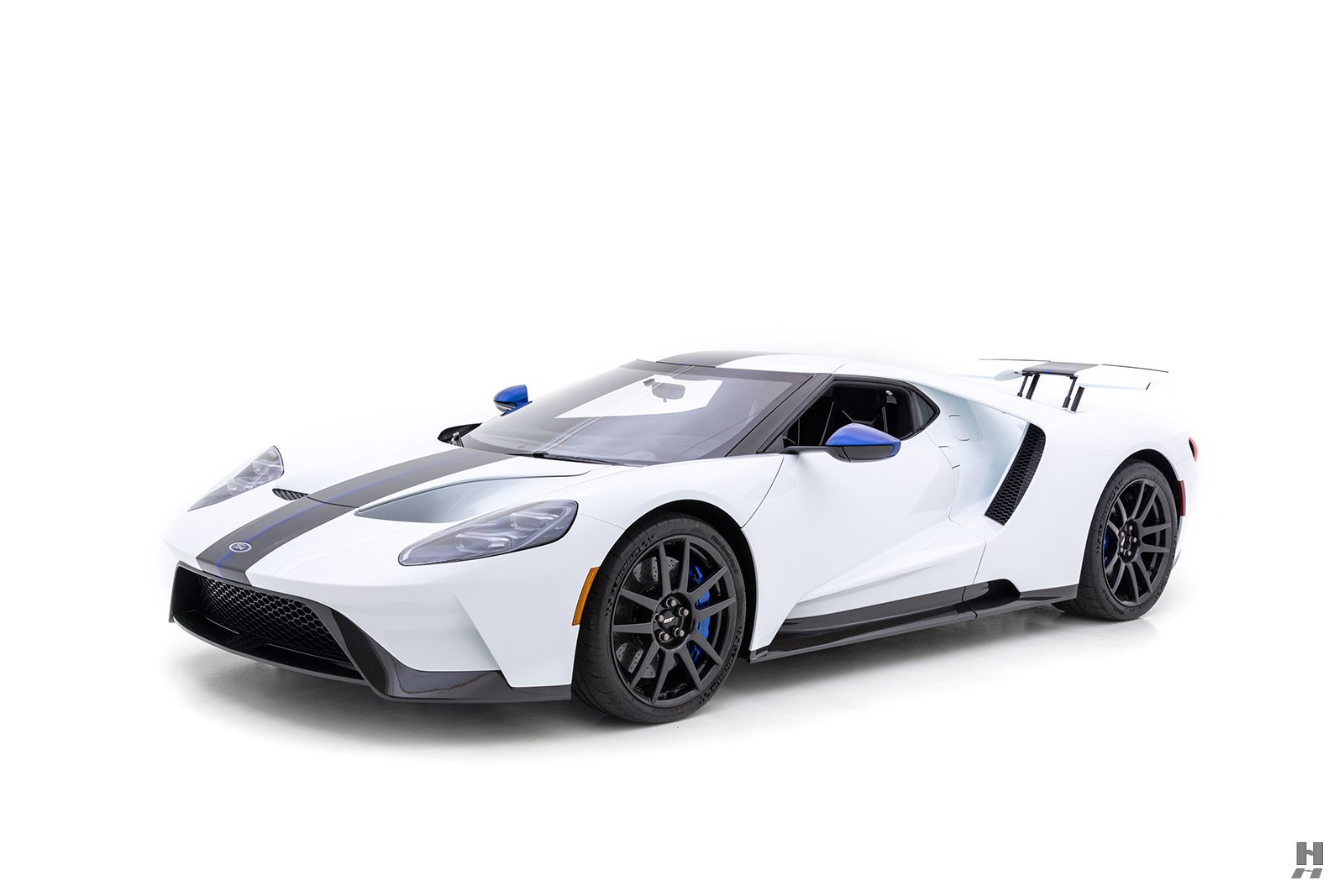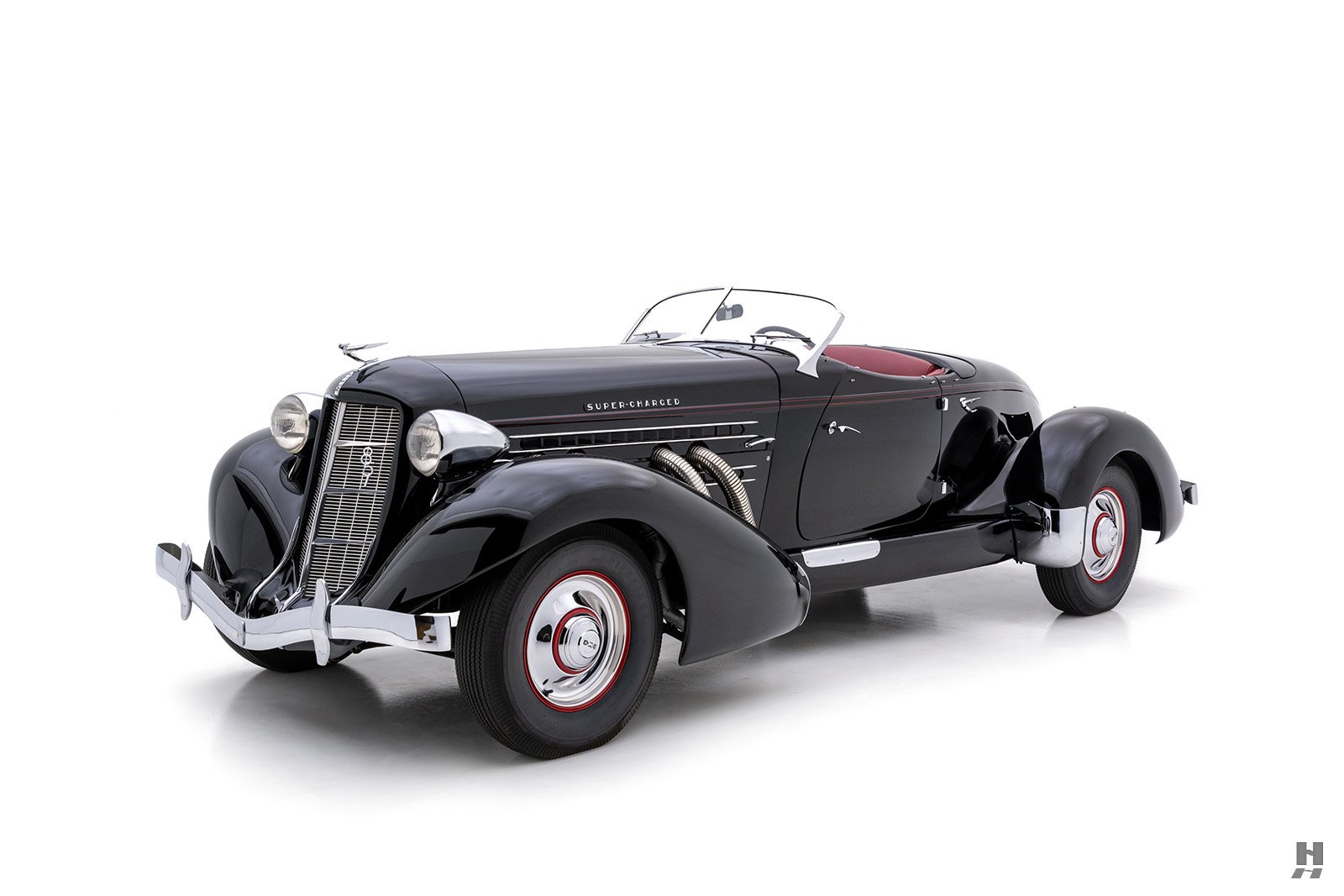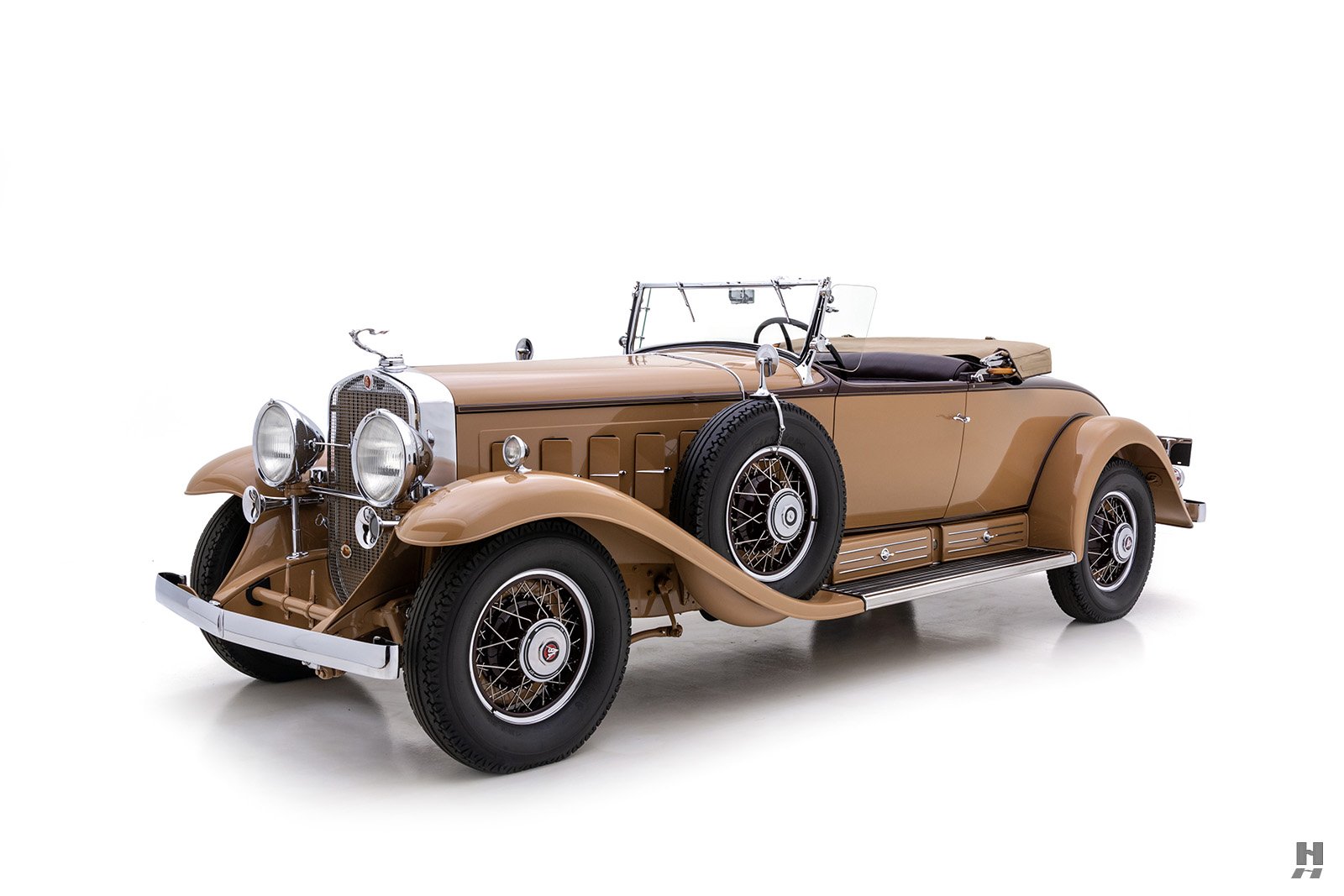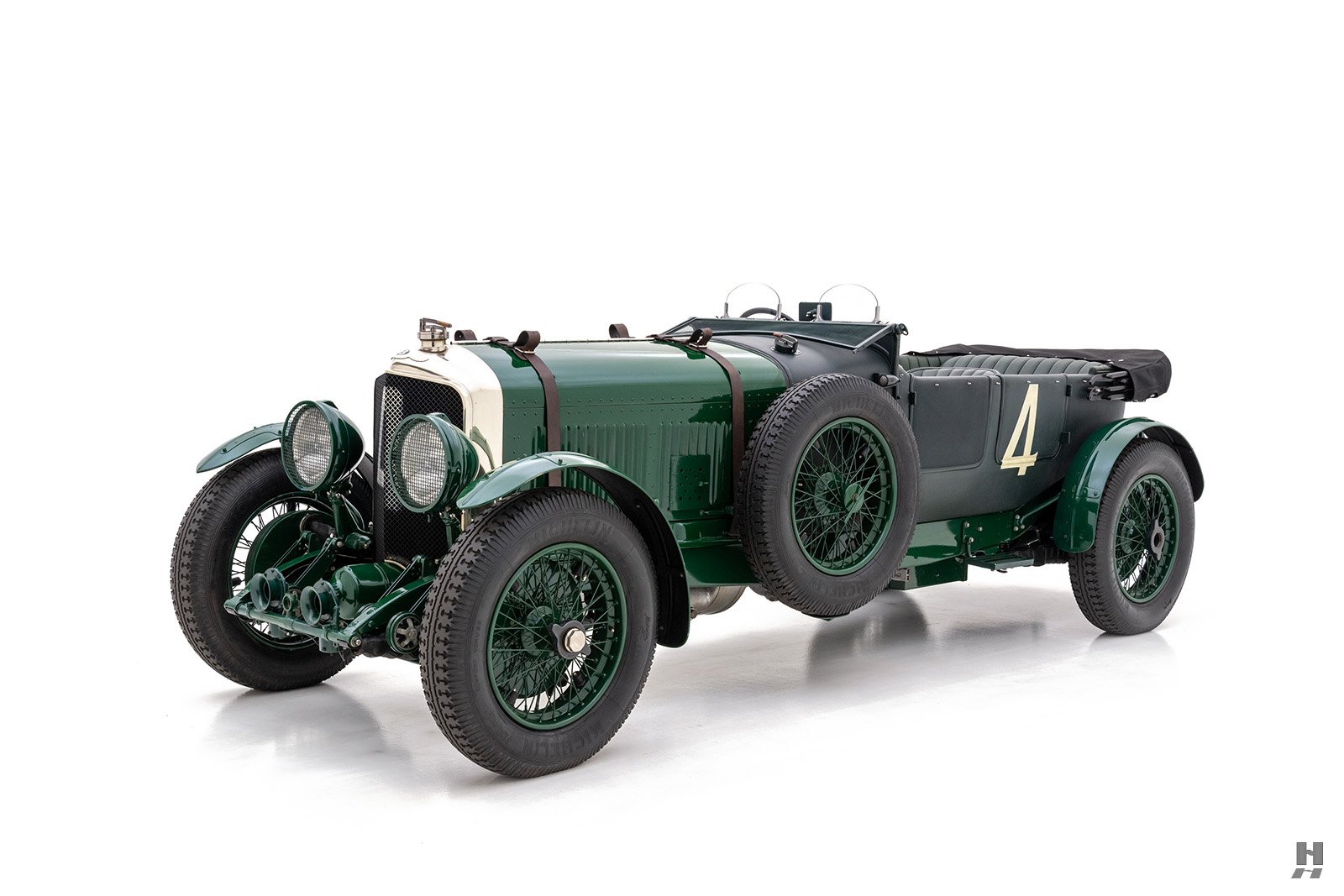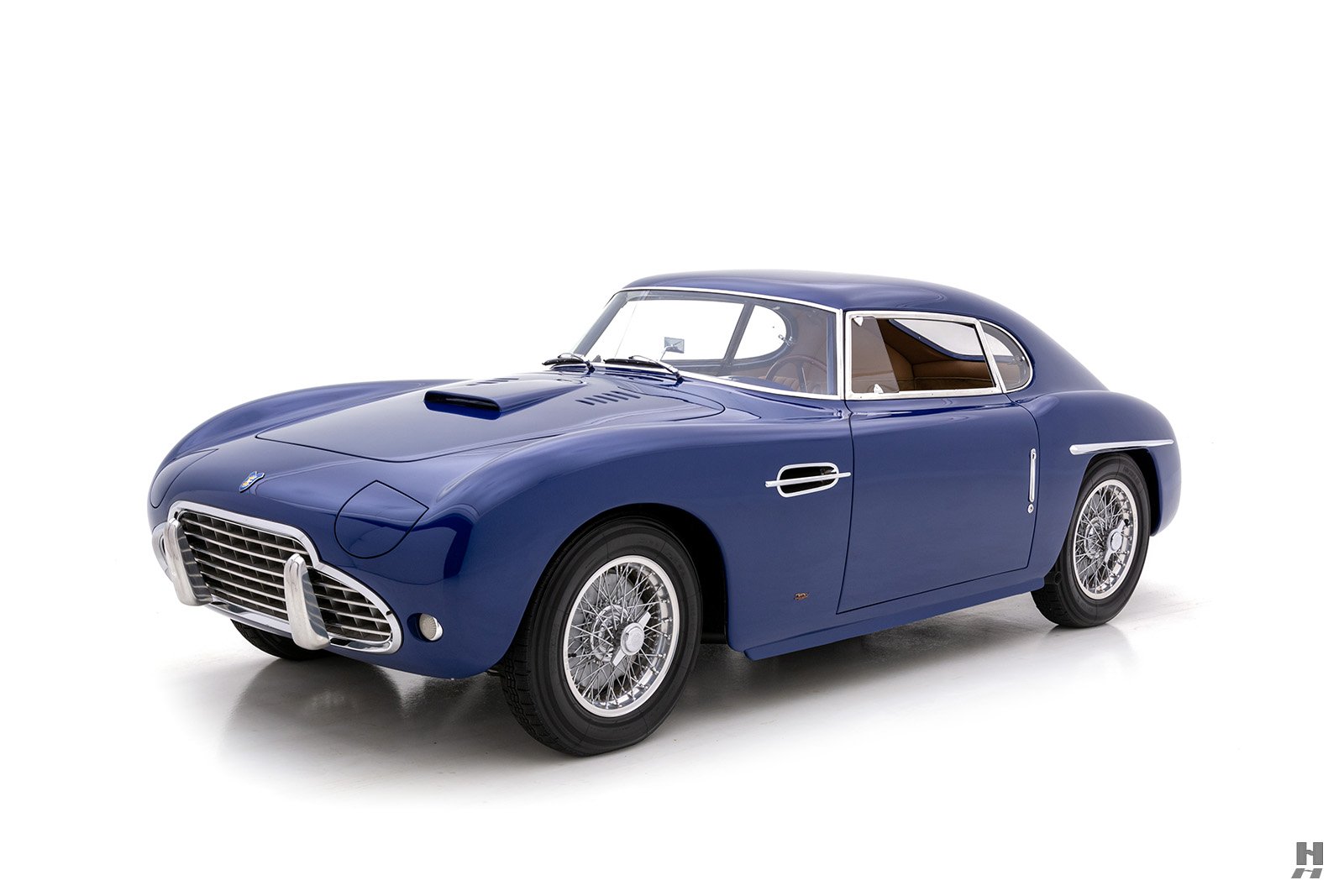For the Corvette's first generation, colloquially known as the C1, Chevrolet was still trying to figure out what worked and what didn't in the emerging and notoriously fickle American sports car market. As sales ebbed and flowed, the Corvette engineering team, led by Zora Arkus-Duntov, fought tooth and nail to keep the GM's top brass from axing the Corvette altogether. Between 1953 and 1962, the C1 underwent various changes to the styling and mechanical spec to bolster sales and improve performance. Common among all C1s was the steel ladder chassis, derived from Chevrolet's passenger car line and featuring independent front suspension with a solid rear axle. From 1955, V8 engines were the preferred choice, as Chevy axed the Blue Streak inline six-cylinder by the end of that year. A new body arrived in 1956, which grew more ornate and flashy to keep up with contemporary trends, but with it came additional weight. The 1961 Corvette had yet another significant styling change, adopting the crisp and modern "boat-tail" design that hinted at the C2, set to debut in 1963. The final year of the C1 was 1962, which saw the addition of Chevy's latest iteration of the famous small-block V8 to the Corvette chassis. The new 327 cubic-inch unit (up from 283) made 250 horsepower in standard form, with options including 300hp and 340hp carbureted versions or the ultimate 360hp spec with solid lifters and Rochester mechanical fuel injection. The powerful new engine range made the 1962 Corvette the quickest of the C1 generation, laying the foundation for the C2's undeniable success.
This 1962 Corvette is a rare and desirable example, equipped with a factory fuel-injected 327 V8 and four-speed gearbox. It sports a well-maintained, good-quality older restoration, attractively finished in metallic maroon over black upholstery, and a black pinpoint vinyl top. The quality of the paintwork is excellent, and the body displays crisp lines and consistent panel fit. Exterior brightwork is also extremely well-restored, with straight bumpers, trim, and period-correct wheel covers on factory-correct steel wheels. Goodyear Eagle radials improve handing and braking performance in dry or wet conditions.
From behind the wheel, this Corvette is a joy to drive, delivering its 360 horsepower with ease, and feeling remarkably surefooted for a solid-axle car. The interior is well-detailed and features authentic period-correct black vinyl and nylon loop carpeting. The carpet has faded somewhat through regular top-down use but is otherwise sound and in good condition. The gauges are in excellent condition, sitting in one of the most stylish instrument clusters of the time. It retains the correct three-spoke steering wheel and white 'cue ball' shift knob, while a period-style modern replacement AM/FM stereo has been fitted.
While in the most recent owner's care, the Corvette was serviced and sorted by a noted and respected restoration shop, and it is offered in excellent running/driving condition. Under the hood, detailing is to a tidy driver-quality level, with authentic factory-correct touches throughout. It retains its all-important Rochester fuel injection with the proper airbox, ignition shielding, and radiator expansion tank. The stampings on the block correspond with the car's serial number, and the "RF" suffix indicates this is an original Fuelie.
As the Genesis of the Corvette legacy, the C1 remains an important collector car and a mid-century design icon. This rare (one of 1,918) and appealing example represents the pinnacle of the first generation, as it paved the way for the Corvette's future success.
Offers welcome and trades considered
Sorry this car has been sold. Are you looking to buy or sell a car like this? Contact a representative
For immediate assistance please call us at +1-314-524-6000 or please fill out the following form and a member of our team will contact you.







































